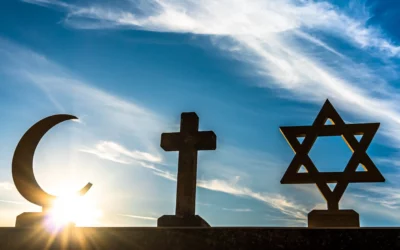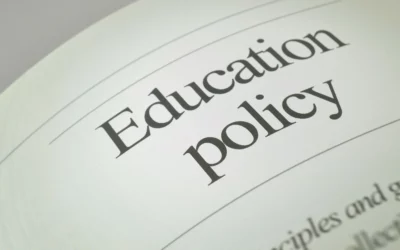
Written by William C. Duncan
April 20, 2022
Speaking in Salt Lake City last month, U.S. Supreme Court Justice Clarence Thomas gave a warning about cultural forces that threaten to compromise the court. This was met by some derision in a Guardian report on the speech, which includes a charge in its first paragraph that “Republicans denied Barack Obama a nomination then rammed three new justices through during the hard-right presidency of Donald Trump.”
Accusations that the Supreme Court is politicized are common; one study suggests media reports have contributed to that perception.
In what sense could the court be called political? Is that a fair characterization?
In one way, it is self-evident. Justices are nominated by an elected president and confirmed by elected senators by a majority vote. That means that a justice’s seat on the court is secured by a political process.
In another way, viewing the court as political has roots in the very early history of the court. After the election of Thomas Jefferson as president, the Supreme Court was subject to sharp partisan criticism. Justice Samuel Chase was even impeached in an apparent attempt to keep the justices in line (he was ultimately not convicted in the Senate).
Chief Justice John Marshall is credited with defusing the tense standoff between the executive and legislative branch through careful decisions that could not be attributed to partisan motives.
When the court was under pressure from the Franklin Roosevelt administration, Justice Owen Roberts – whose votes had typically gone against what the White House wanted – famously switched in 1936, joining new opinions that upheld New Deal legislation. The switch was credited with defusing an attempt to add new justices to the court.
Some have argued that Chief Justice John Roberts’ vote to uphold the Affordable Care Act – by characterizing it as a tax within Congress’ taxation power – is best understood as an effort to insulate the court from the charge of partisanship.
Of course, without disclosure from the justices themselves, we cannot know for certain what the motivation was for decisions like these. Perhaps there was some “political” element to them.
There are some historical episodes that involve more directly political behavior. The first chief justice, John Jay, worked closely with George Washington in some political roles, as did many other later justices; Justices John McLean, Salmon Chase and William Douglas all had an interest in becoming president; and many justices had served in state or federal legislatures before being nominated to the court.
These types of overt political overlap no longer exist and have not for decades. But accusations of politicization have not died down and perhaps have become more insistent.
Despite all of this, the court’s work, empirically speaking, is not open to the charge of thoroughgoing partisanship. As noted in The Washington Post, from 2000 to 2017,
a unanimous decision has been more likely than any other result — averaging 36 percent of all decisions. Even when the court did not reach a unanimous judgment, the justices often secured overwhelming majorities, with 7-to-2 or 8-to-1 judgments making up about 15 percent of decisions. The 5-to-4 decisions, by comparison, occurred in 19 percent of cases.
Since that time, unanimity or near-unanimity has been even more common, making up 46% of decisions in the 2019 term and 67% in the 2021 term.
Characterizing the Supreme Court as political and partisan is likely less fair than it has ever been in the court’s history, but it persists. Commentators would do well to be careful about promoting this view without examining the important counterevidence.
More Insights
Read More
Looking at Supreme Court and religious freedom through the lens of the presidential campaign
Two constitutional issues highlight similarities and differences between the Biden and Trump administrations.
Education policy to consider during the 2024 election season
Here’s a look at what each presidential candidate is likely to focus on in education, given their track records and campaign platforms.
Ignoring the text of the Constitution is a mistake
A written Constitution is entirely superfluous if the document is simply meant to give the people what they want.


